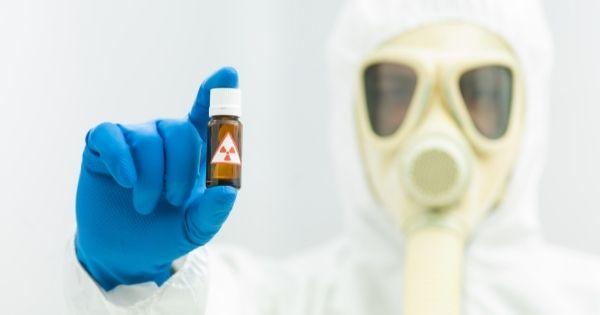
Within the field of chemistry, nuclide classes hold paramount importance. Nuclides are specified types of atoms customarily characterized by the number of protons and neutrons within their nucleus. Variants of different elements exist. Nuclides that contain the same number of protons but a diverse number of neutrons are classified as isotopes of an element. All isotope-specific atoms have categorically identical chemical behavior but diversified levels of radioactivity.
Numerous isotopes are stable, as they contain a balanced number of neutrons and protons. Conversely, unstable isotopes have an imbalanced atomic number and mass number, causing multifarious levels of radioactivity. These atoms, known as radioisotopes, emit particles to gain stability through radioactive decay. The production of radioactive isotopes occurs through separation and synthesis. Let’s examine the different types of radioisotopes existing today.
Natural Radioactivity: Nuclear Transmutations
More than several thousand types of radioisotopes are known, but less than a hundred are seen in nature. This quantity of organically-occurring radioisotopes contains long half-lives, some of which are billions of years old. Their origin stems from the formation of the universe due to the interaction of cosmic rays and atmospheric molecules. Naturally-occurring radioisotopes continue to be present in our society through the emission of alpha, beta, or gamma rays. Thorium and uranium-235 are prime examples of this. However, separating and extracting these types of radionuclides for scientific or medical utilization is not a cost-operational solution.
Man-Made Radioactive Isotopes: Research Reactors and Accelerators
Of the different types of radioisotopes prevalent in modern society, artificial radioactive isotopes are the majority rule. Produced as a byproduct, manufactured radionuclides are a far more efficient approach for scientific usage. Researchers can detect their radioactivity or utilize the energy they release for various applications, such as tracing environmental processes, dating once-living artifacts, studying biologicals structures, and diagnosing and treating diseases.
Nuclear reactors, particle accelerators, and radioisotopic generators such as cyclotrons work to produce these beneficial radionuclides. Experienced chemists can expose target materials to intense particles and utilize chemical synthesis to create an ideal form. Chemists use non-metal elements such as carbon and hydrogen to synthesize stable radiolabeled markers for analysis, research, and detection. Examples of synthetic molecular radiolabeled compounds include carbon-14 (14C) and tritium (3H).
Radioisotopes: Tools in Radiopharmaceutical Sciences
The custom production of caliber radioisotopes is key for application in nuclear medicine or industry. Producing high-quality radioisotopes requires experienced radiochemists and state-of-the-art facilities. Contact Moravek for a top-quality isotope labeling service. As a leading supplier of radiolabeled compounds for medical research or pharmaceutical clinical studies, we can support any stage of the drug development process. Reach out to learn more about our custom radiolabeling services and solutions for the success of your project.
